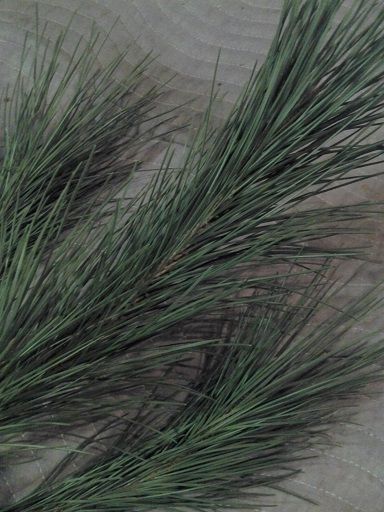UNITED STATES—Christmas trees are like vegetables. Really, they are like big vegetables that do not get eaten. They are grown on farms, and then harvested and sent off to consumers. Although they smell like a forest, and they are descendents of trees that naturally grow in the wild somewhere, there is nothing natural about their cultivation. In fact, most are grown a very long way from where their kind are from.
Therefore, bringing a cut Christmas tree into the home takes nothing from the wild, and does not interfere with nature any more than eating vegetables does.
First, particularly Douglas fir, are the most popular of Christmas trees. Pines are probably the second most popular. Redwoods, spruces, cedars, cypresses or even Junipers can also work. They each have their own distinct color, texture and aroma. Healthy and well hydrated trees that continue to get watered as needed should have no problem lasting through Christmas. Ultimately though, cut Christmas trees are not good for much after Christmas, and eventually get composted or otherwise disposed of.
Living Christmas trees might seem like a better option to cut Christmas trees because they dispel any unfounded guilt associated with cut Christmas trees, and initially seem to be less disposable. The problem is that they have problems of their own. Simply purchasing one is a big expense. Even the big ones are smaller than cut trees, but much heavier and unwieldy. Contrary to popular belief, only a few types that grow slowly, such as some spruce, can actually live in a tub for more than one or two years, and even they can be finicky.
The main problem is where to plant a living Christmas tree when it outgrows its container. Conifers innately do not like to be confined for too long. Yet, in the ground, most grow into substantial trees. The common little Christmas trees that are already decorated are actually the worst since they are juvenile Italian stone pines or Canary Island pines, which grow big and fast. Potted trees can not be planted out in the wild because their confined roots need to be watered until new roots can disperse. Even if they could survive, non-native trees should not go into natural ecosystems.
Highlight: Italian stone pine
Even though it can get about fifty feet tall and wide, Italian stone pine, Pinus pinea, often gets planted as a small living Christmas tree into confined urban gardens. It gets so big so fast that it can get to be a serious problem, as well as expensive to remove, before anyone notices. It is really only proportionate to large public spaces such as parks or medians for big boulevards. The bulky trunks typically lean one way or another. The long limbs spread laterally to form an unusually broad and flat-topped canopy.
The paired needles are about four to six inches long. However, small living Christmas trees are still outfitted with juvenile foliage that looks nothing like adult foliage. Juvenile needles are single, very glaucous (bluish) and only about an inch or an inch and a half long. Adult foliage may not develop for a few years. The four or five inch long cones mature slowly for three years. Squirrels and birds like the big seeds, which would otherwise be known as pine-nuts if people could get them first.






